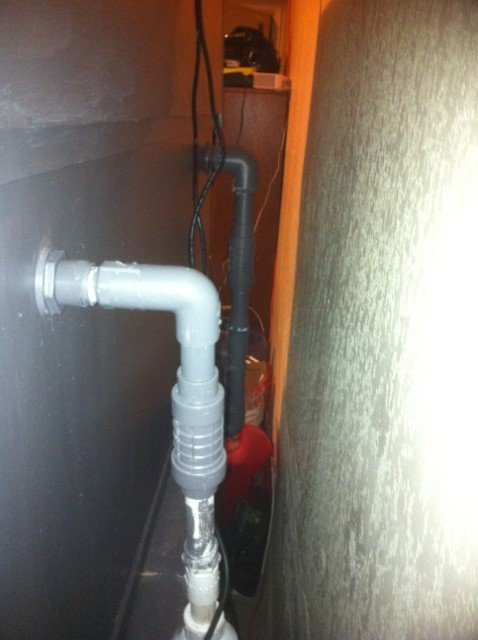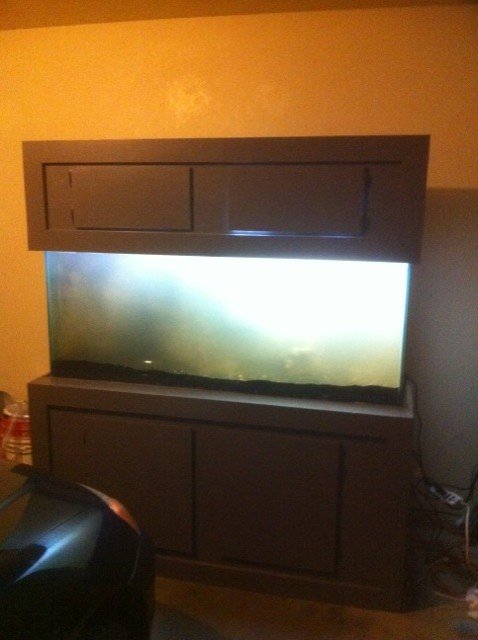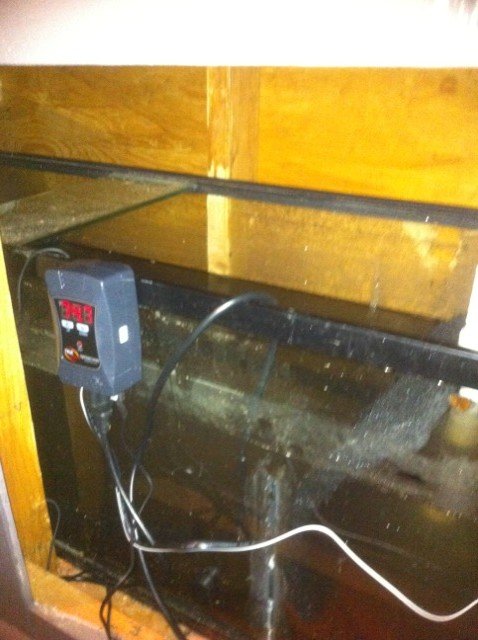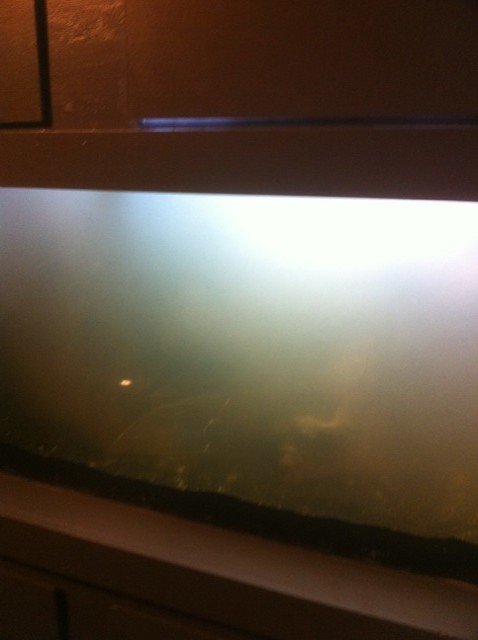I have not tested these gasses, but nor have you, so neither of us can prove our point yet. I can only go by what I know of the nitrogen cycle, and the fact that my nitrates seem to be lower than the norm.
Actually I have tested them, careful when you assume something about another person. Denitrification is tested via N2O, a reactive by product of the process. See acetylene-based methods. CO2 is rather simple to measure using an IR analyzer. A simple bucket and sediment type and the plant of choice may be used. the bucket has a lid to catch any evolved gasses.
These are collected measured by the IR.
We also use a Redox probe and measure the optimal range for Denitrification and plant root's effects on this process.
Where more plant biomass and less reduction occur, there is a proportional increase in CO2. This is straight forward since plant roots add considerable amount of O2 to their root zones, which leads to AEROBIC activity, thus poor for denitrification.
Additionally, all you have to do is measure the rates of NO3 decrease if you carefully remove the plants from a DBS and measure the decline over time.
Under these conditions, we would expect to see a larger removal rate of NO2 from the detrification process than with plants. This is due to the plant uptake, but also due to the addition of O2 by plants into the sediments.
Research supports this view and result as well.
Most of the evolved gas is CO2. You can even watch this process daily in your tank's sediment with plants. It will bubble much more during the day that at night, if it where N2 gas, you'd see a lot more action at night than during the day as far as bubbles.
I agree that a DSB should not be disturbed, because it would introduce oxygenated water into the anoxic regions, ruining any possible denitrifying action.
And what do you think plant roots do?
What is the optimal redox range for NO3 reduction?
Do these ranges exist in most planted tanks?
Ever measured redox in soils?
Would this region not also pose a threat to O2 levels that are critical for fish above? Basically draining and acting like a sink for the O2?
It appears to me that most anything toxic from the lower layers is almost instantaneously detoxified when it comes into contact with the oxygenated water above it, but I suppose if one were so foolish as to massively traumatize their sandbed without removing their fish to safety first, the potential for harm might be there. I have heard the same legend many times, but I've never experienced it first hand, or seen it happen to anybody else. Have you?
Yes, it also occurs in natural systems, I've had fish kills using soils and ADA AS in the past, I make sure to do large water changes right away, asap, and during the disturbances.
A good way to make an anaerobic water sample is to swirl some deep soil sediment in a vial.
I remove no more than 1/3 rd the tank. Some sediments are worse and some not so bad, plain sand etc, that does not have too much organic matter? High redox values.
Sediments with lower redox and lots of organic matter? Much worse.
It all depends on the Redox.
That depends a lot on the root densities and plant growth rate.
So lots of plants and healthy growth mitigate this process a great deal.
For folks without plants,m DBS's are not a bad idea.
Still, you can add plants to any aquarium, FW, Brackish or Marine and export not just the NO3, but trace metals, and PO4 etc, add reduce carbon for the other bacteria etc. It's far more holistical minded, and it looks better, but ...TRADE OFF? Requires more labor to maintain.
So DBS's have their place certainly.
Not bad back ups I suppose, but NO3 are rarely much of a real issue unless the aquarist is just really neglectful.
I'm not trying to sound like a snot, I just want to sort reality from hearsay, like you do.
Tis a good goal, screw anyone that thinks you are snot.

Ask the questions.
If they make you drink Hemlock, well....maybe recant a little to get out that:hypnotized:
Then be a tad more discrete perhaps.
As somebody experimenting with a freshwater DSB, I'm approaching the idea from the other side, that's all.
Marine DBS's?
Why do they add Vodka and all that? Sulfur etc? A source of reduced carbon in a highly scrubbed very nutrient poor system.
In FW systems, these are not limiting and particularly if you have plants(or marine macro algae or seagrasses, I go to both sides of the salt and FW thing)
Acet reduction will give you the best tool I think if you want to do more or consider a more researched based approach. The other way is to measure Redox but this much more indirect.
As far as export/sequestration of waste, plants are much better overall to long term reduction of water change needs. I have tanks without water changes going on 1-2 years ranges.
They look good too. So the hobby looks nice also.
That makes it more appealing.
But FW water changes are VERY easy, cheap and simple, so there's some simplicity in doing them as well. I'm pragmatic about them, soem tanks get them, others do not.
I like different methods and each has their own set of trade offs.
Why they work is interesting as well, but they need to look decent.
DBS general fail, but I suppose some folks could make them look pretty, bacterial culture scaping?
Regards,
Tom Barr







